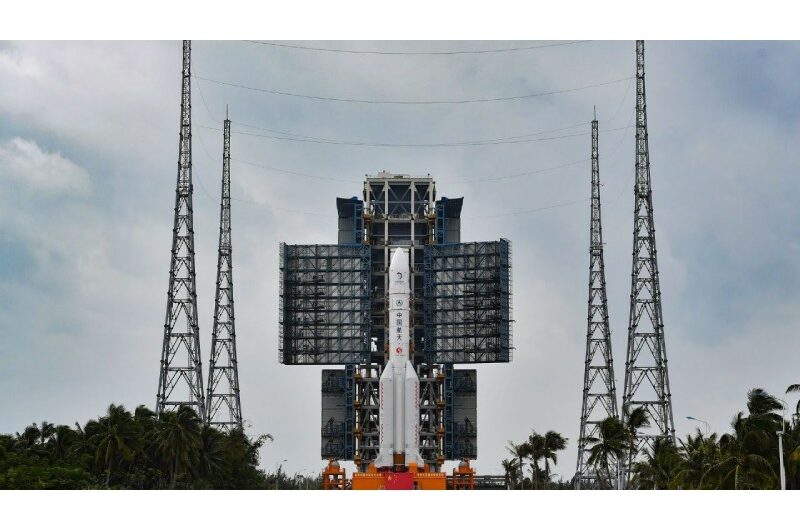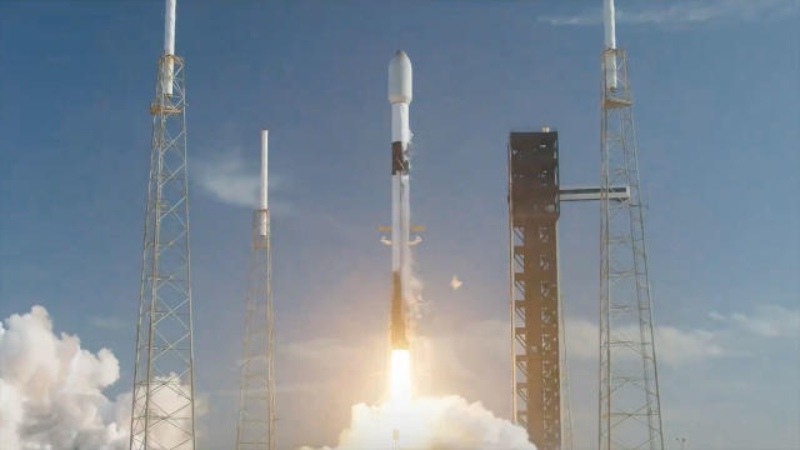This year, on April 18, SpaceX launched its 40th mission.
Starting at 6:40 p.m. EDT (2240 GMT) today, a Falcon 9 rocket carrying 23 of the company’s Starlink broadband satellites took out from Cape Canaveral Space Force Station in Florida.
A Shortfall of Gravitas, a SpaceX droneship stationed in the Atlantic Ocean, was the target of the first stage of the Falcon 9’s planned vertical landing, which occurred approximately 8.5 minutes after launch.
A SpaceX mission description states that this was the booster’s seventh launch and landing. Prior to this rocket flight, two of its six earlier flights—the private Ax-2 and Ax-3 missions, which launched in May 2023 and January of this year, respectively—sent humans to the International Space Station.
The 23 Starlink satellites will be launched into low Earth orbit by the Falcon 9’s upper stage this evening, and they will be deployed there roughly 65 minutes after liftoff.
SpaceX has flown forty orbital missions in 2024, twenty-seven of which have been allocated to the construction of the Starlink megaconstellation. Astrophysicist and satellite tracker Jonathan McDowell states that the network is already massive, with over 5,760 active satellites at present.
Topics #SpaceX #Starlink satellites










